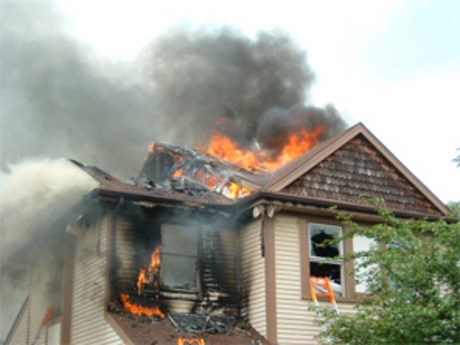
By Andrew Hooker*
A previous article reported the success of a claimant Mr Devicich when he sued AMI insurance for cover after his house was destroyed by fire. In that case the High Court Judge ruled that AMI had failed to prove arson.
In doing so the Judge found that there was simply not enough evidence.
The Judge said: “I reach that conclusion because, taken as a whole, the evidence leaves me in a state of genuine uncertainty. I am not sufficiently sure that Mr Devicich started the fire to decide the case in AMI’s favour. For that reason I have concluded that the plaintiffs are entitled to be indemnified by AMI under their insurance policies.”
The case was interesting because the Judge focussed on the onus of proof and reiterated that it is up to the insurance company to prove arson (or fraud) and that the insured does not have to prove anything.
Whilst there was “considerable suspicion” that Mr Devicich had lit the fire, the Judge ruled that there was just not enough.
In other words, it does not matter whether the insured person burned his or her house. The issue is whether the insurance company can prove that he or she did.
This of course is the same as the criminal onus of proof. The Crown must prove guilt.
If it can't, the accused will be found “not guilty”.
In deciding this issue the Judge referred to the 15 year old case of Back v National Insurance where the Judge said that the insurer must prove arson “with clear and convincing evidence”. The Judge decided that the evidence did not reach the standard. AMI appealed and successfully overturned the decision.
In the Court of Appeal the Judges felt that the Judge had erred in applying a standard of proof that was higher than needed. The Court of Appeal said that the standard of proof to which an insurer must prove arson is simply the civil standard of whether “on the balance of probabilities” or “more likely than not” the insured has committed arson. This of course is correct.
There have been murmurings of self-gratification from the insurance industry over this decision and a sense that they can now more easily prove that someone has committed arson.
However the insurance companies ought to be careful. The Judge in the Back v National Insurance case simply stated that there must be clear and convincing evidence.
In the Back case Justice Hammond said that what applied was “the civil standard, but bearing in mind the seriousness of the allegation". In other words, because an allegation or arson is such a serious allegation, insurance companies had better front up with compelling evidence. The Court of Appeal confirmed this.
When discussing that perplexing “standard of proof” and confirming that the standard of proof is “on the balance of probabilities” the Court of Appeal reiterated, essentially what the Judge in the Back v National Insurance case said: “That is not to say that the Court may not have regard to the seriousness of the allegations in a given case in applying the ordinary civil standard of proof. It is all just semantics really. There has never been any doubt that in a civil case (like someone suing and insurance company) the standard of proof is lower than the criminal standard. But insurance companies still need to front up with clear and convincing evidence. Not just speculation or innuendo.
The following principles remain unchanged:
1. If an insurance company accuses you of arson (or fraud or lying) it must prove that allegation. You don’t have to prove your innocence.
2. If the insurance company makes such an allegation, it must support that with “clear and convincing” evidence. And in considering whether the evidence is sufficiently clear and convincing, the Judge will have regard to the seriousness of the allegations in applying the ordinary civil standard of proof.
3. If an insurance company falsely accuses you of arson or fraud, it is exposed to significant damages and costs.
4. Except in extreme cases, arson cannot be established with circumstantial evidence.
-------------------------
*Andrew Hooker is a specialist insurance lawyer. He has spent 20 years providing insurance legal advice and this has included:

We welcome your comments below. If you are not already registered, please register to comment.
Remember we welcome robust, respectful and insightful debate. We don't welcome abusive or defamatory comments and will de-register those repeatedly making such comments. Our current comment policy is here.